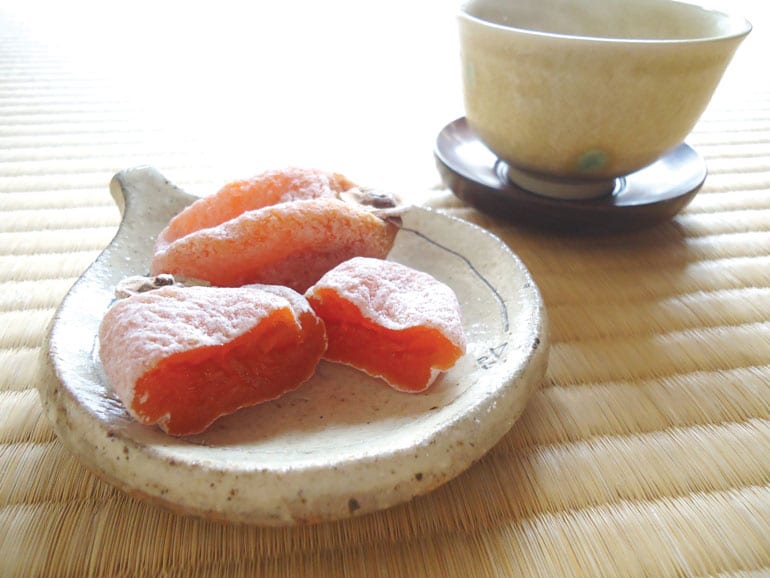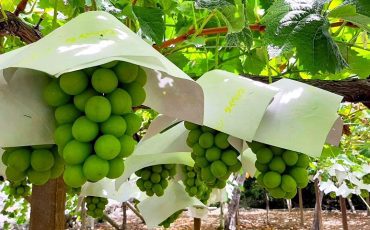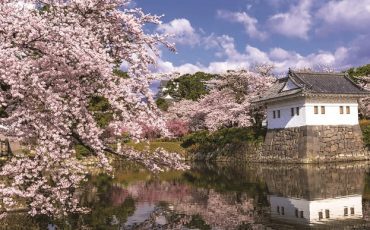- OISHII
- OISHII Wiki
- Dishes
- Hoshigaki
OISHII Wiki
Dishes
Hoshigaki

Bright orange with glossy skin, persimmon is a popular autumn fruit in Japan. Deliciously juicy and naturally sweet on its own, persimmon is also a favourite seasonal snack when it is peeled and dried. Known as hoshigaki, dried persimmon is a treasured delicacy because of its intense sweetness. Besides Japan, dried persimmon is found in China, South Korea and Taiwan too.
The traditional Japanese process of making hoshigaki is remarkably laborious and time-consuming. Whole shibugaki (bitter persimmons), too bitter to be eaten on their own, are first peeled then hung and air-dried for several weeks. These fruits are then gently massaged every few days until the tough inner pulp is softened. The hoshigaki is ready to be eaten when the pulp is set and the sugars in the fruit form a white, frost-like dusting on the surface.
The result of this hard work is an acorn-shaped dried fruit that is loved for its caramel-honey taste and gelatinous texture. Unlike many types of dried fruit, hoshigaki is succulent, chewy and moist. It also has an intensely sweet, persimmon flavour, along with complex notes of gingerbread and cinnamon.
Because of this beautiful flavour and sweetness, hoshigaki is a favoured ingredient in wagashi. The Japanese even have a saying that good wagashi should not be sweeter than hoshigaki as anything sweeter would be overwhelming and unrefined. Hoshigaki is also used as an ornament in traditional Japanese New Year’s decorations as it is associated with good luck and longevity.
It’s no wonder that dried persimmon is so popular in Japan. Many Japanese even make their own hoshigaki. Drive through the countryside in autumn, and you will see pretty strings of hoshigaki hanging to dry under farmhouse eaves, where they will get plenty of sun and breeze and are protected from the rain.
Instead of making your own, you can find hoshigaki in fruit shops and department stores, either on ropes or in small plastic packages. Different regions of Japan also have their own type of hoshigaki, so check them out when you are visiting the country during this time. Eat it on its own as a snack or savour it with green tea.








